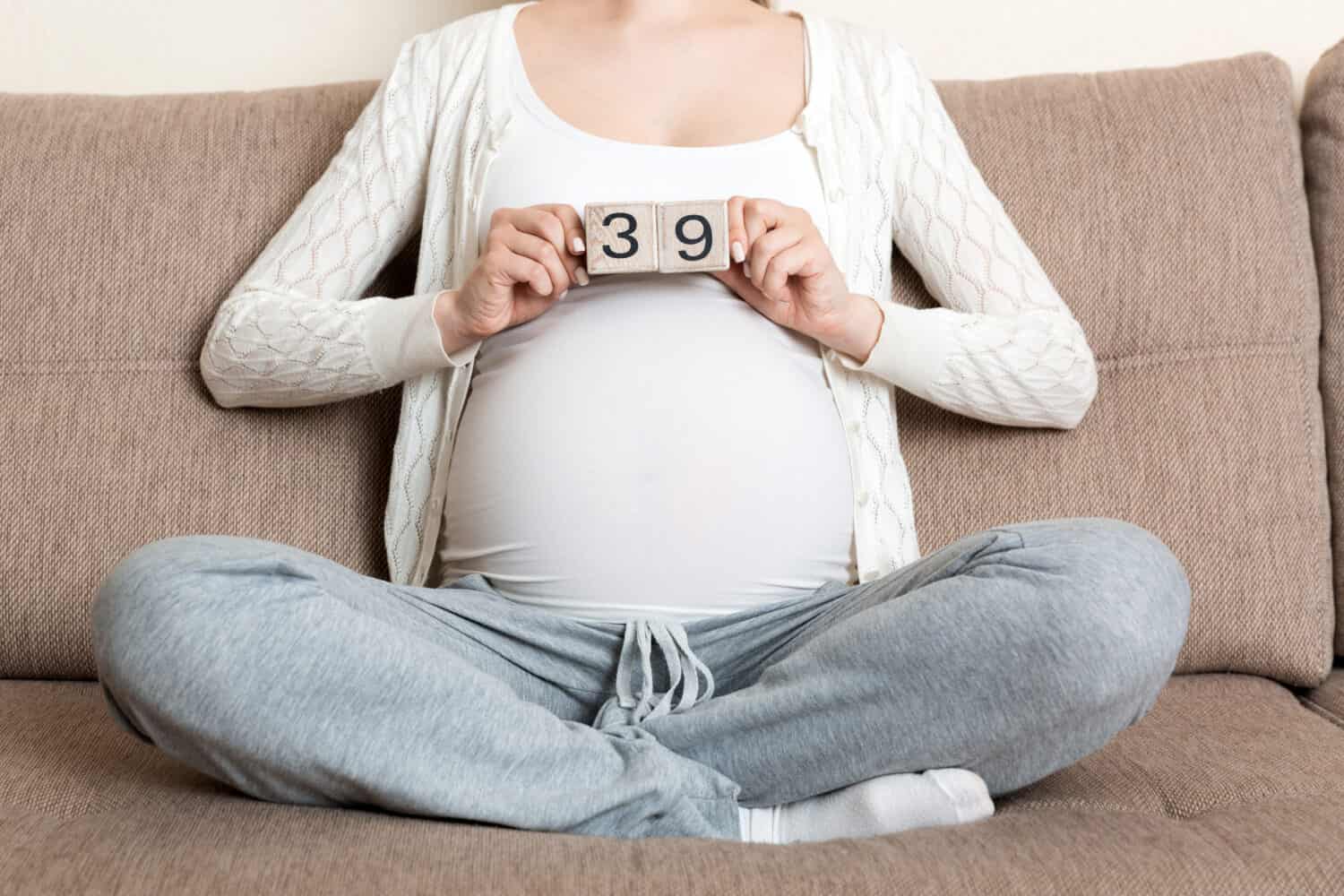You're now 39 weeks pregnant and your due date is quickly approaching. As you enter into this week of pregnancy, you can expect your body to undergo even more significant changes. It's important to be attentive to signs of labor while going through the various changes in your body. It's also common to experience Braxton-Hicks contractions, and your water may break at any time. This article discusses the many milestones your growing baby has achieved as well as the remarkable transformations within your own body. Read on to learn more about this pivotal stage of pregnancy.

©SNeG17/Shutterstock.com
Key Points of Pregnancy at 39 Weeks
- It's important to watch for signs of labor at 39 weeks.
- Braxton-Hicks contractions are expected during this time and can be just as painful as real contractions.
- You may feel more discomfort at this time as your body prepares for the arrival of your baby.
- Your baby is around 7 pounds, but it can vary, and the baby's organs are fully functional.
- Any absence of movement from your baby should be reported to your healthcare provider.
Pregnancy Body Changes at 39 Weeks Pregnant
At 39 weeks pregnant, you should be watching for signs of labor. False labor contractions, which may be as painful and as strong as labor contractions, may begin this week. False labor contractions can get better if you change positions.
Braxton-Hicks contractions may become more pronounced. These contractions may be as painful and strong as true labor contractions but do not become regular and do not increase in frequency as true contractions do.
Your water may break at any time. Some women experience a large gush of water and some feel a steady trickle when their water breaks. Only 10 percent of all women have their water break on its own. If you think your water has broken or you are experiencing regular contractions, contact your doctor immediately.
Most of the pregnancy discomforts and pregnancy body changes you may be feeling by now have appeared in earlier weeks, such as hemorrhoids, constipation, increased urination, swelling, varicose veins, heartburn, and indigestion. Almost all of these symptoms will disappear with the delivery of your baby.
Your Baby's Growth and Development at 39 Weeks
By the time you are 39 weeks pregnant, your baby is likely between 19.5 and 21.5 inches long from head to toe and may weigh around 7 pounds.
While your baby has very little room to move around if you notice an absence of the baby's movement completely, call your doctor or midwife immediately.
During week 39 of pregnancy, the placenta will continue to supply your baby with antibodies. These antibodies will help your baby fight infection during the first 6 to 12 months of life. The umbilical cord that carried nutrients from the placenta to your baby is now 20 inches long and half an inch thick.
By now your baby's arm and leg muscles are quite strong. All of your baby's organs are fully functional. Your baby's lungs are getting stronger in preparation for life outside the womb.